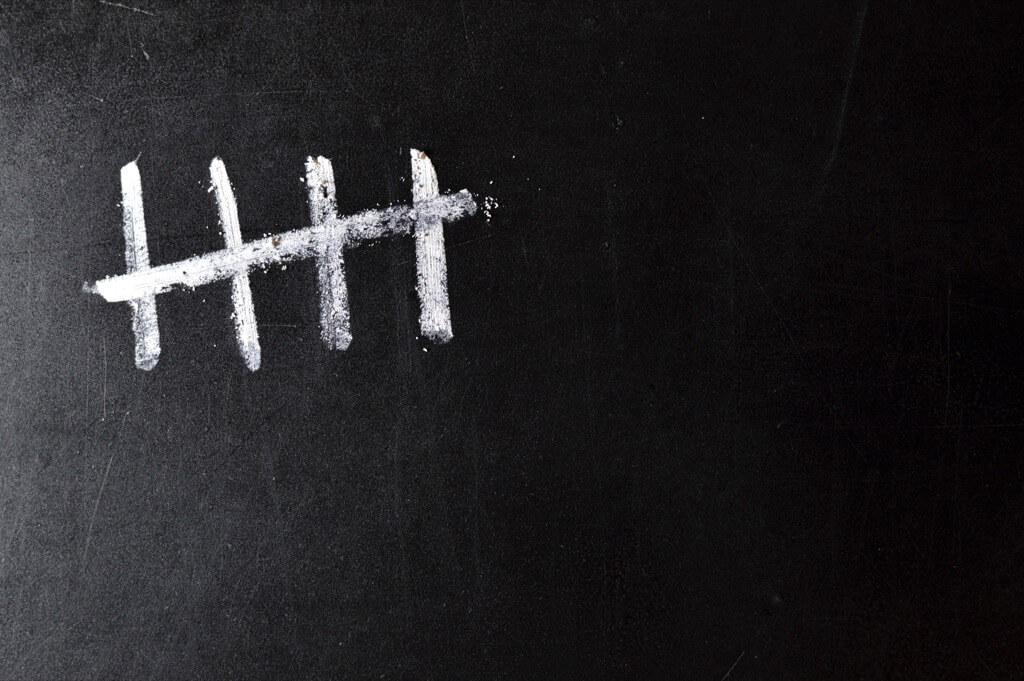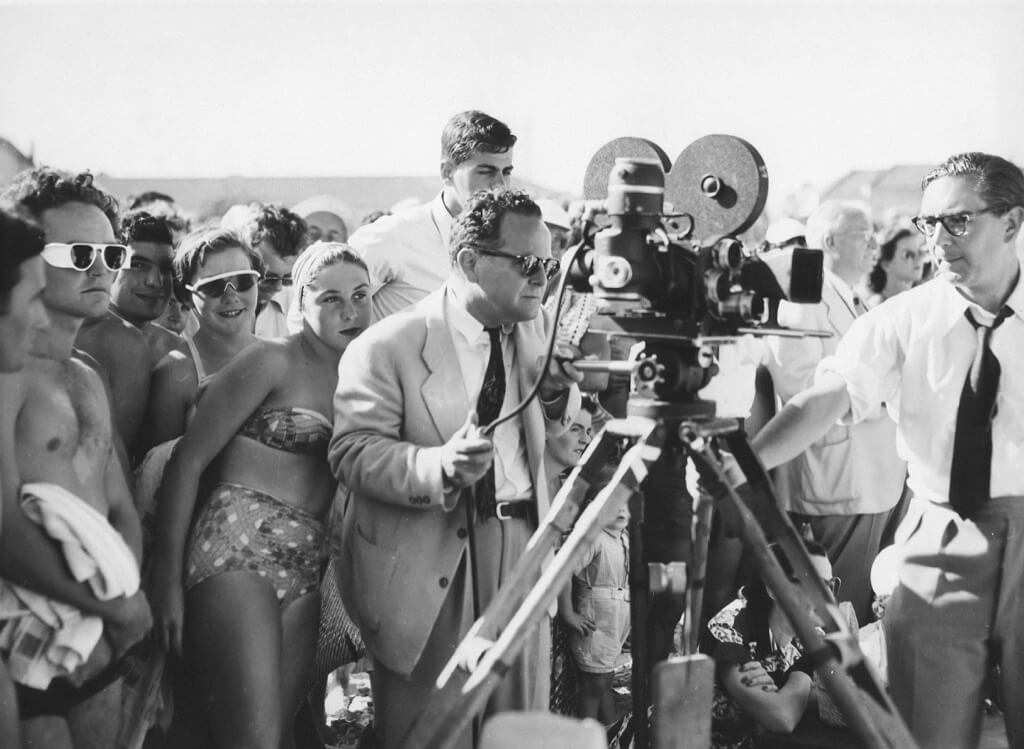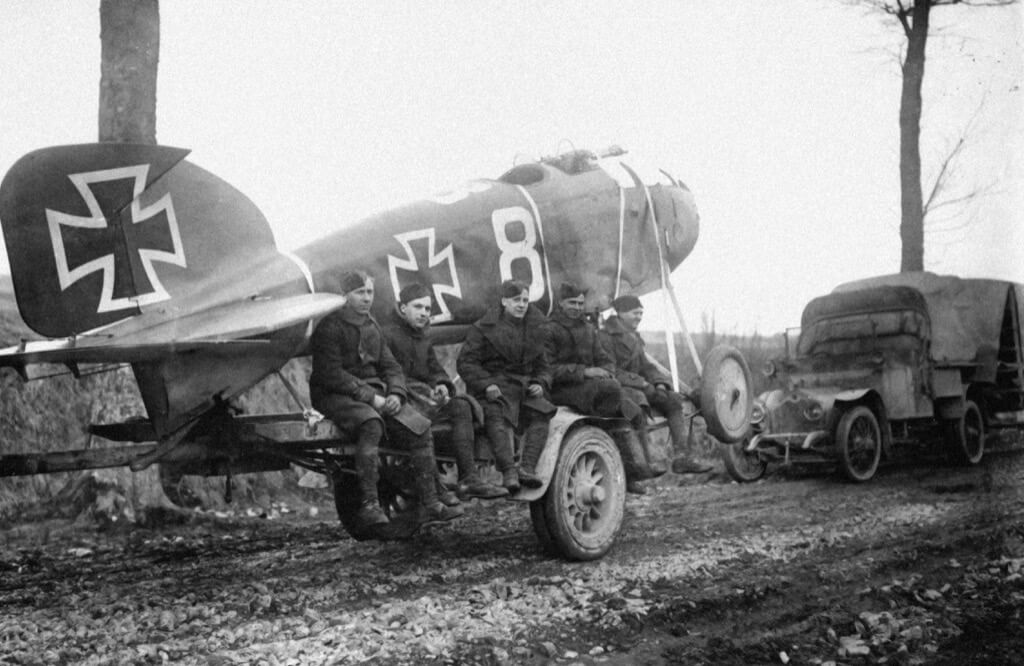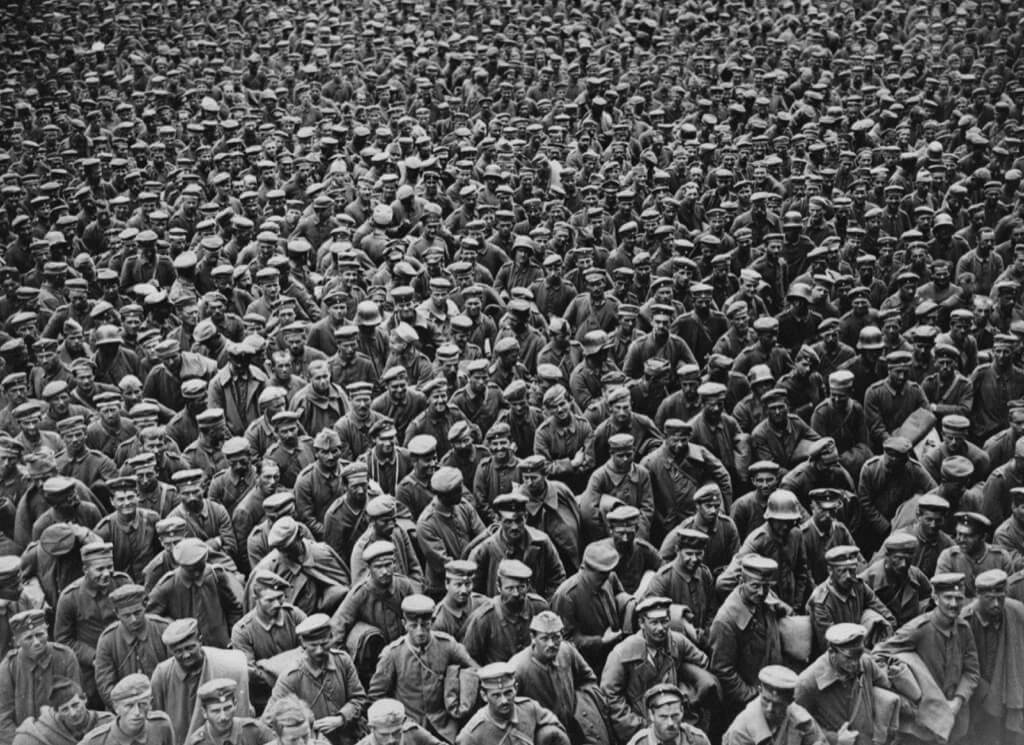Rainey Bethea’s fateful day, August 14, 1936, marked a morbid spectacle for the United States. By then, public hangings had largely disappeared, but not in 1936’s Kentucky. The rapid transition from murder charges to a hanging verdict within just two months stirred considerable debate. Rainey, a young black individual previously known only for minor transgressions, was sentenced to death. He protested, asserting his confessions were coerced. Yet, a mere three weeks after the reported crime, the jury sentenced him to death by hanging.
As Bethea faced his grim fate, approximately 20,000 spectators flocked around, waiting for the gallows’ final act. Once the trap door was released, it took 14 agonizing minutes post-declaration of death to retrieve his lifeless body. This public execution marked the last of its kind in the U.S.
So, how did the culture of midnight executions come into being, especially when cinematic representations suggest this timing was the norm? Historically, executions were more theater than secretive rituals. People gathered, not in the secrecy of night but in broad daylight. The midnight execution concept was more fiction than fact.
The shift towards nighttime executions began in the late 19th century. Authorities, wary of the unruly mob behavior and crimes like theft that marred these public spectacles, sought a solution. As John Bessler, a professor at the University of Baltimore School of Law, points out, these public events often became chaotic. A simple solution was to reschedule executions for when the majority slumbered, minimizing disruptions and sensationalized media coverage.
So why did the concept of midnight executions persist even after public ones were abolished? One practical reason was bureaucracy. In certain jurisdictions, death warrants were time-restricted to a day. Initiating at midnight allowed a full day’s buffer to accommodate potential stay requests. Avoiding the need for a renewed warrant was beneficial.
However, another aspect, especially in the U.S., was prison management. With fewer guards during the night, it was logistically easier to manage the execution process without causing upheaval among the general prison populace. But, as prison officials pointed out, this also entailed higher overtime costs. Douglas Franklin Wright’s execution in 1996, for example, incurred almost $30,000 in overtime, equivalent to around $48,000 today. Many prisons have now shifted strategies, preferring modified lockdowns during executions to manage inmate behaviors.
So, what about the paperwork conundrum? States have evolved, opting for daytime executions. In places like Missouri, a 24-hour window now exists for executions. Some states have extended the duration of their death warrants, reducing the bureaucratic hassle.
While the U.S. has largely veered away from the mystique of midnight executions, some global counterparts, like India, persist with predawn executions. Their reasons mirror those once cited in the U.S.: ensuring maximum staff availability before daily prison routines commence.
Avoiding Midnight Myths
Did you know that the mysterious concept of midnight executions isn’t as rooted in tradition as movies might make you believe? Instead of dark secrets, it’s more about logistical choices, like reducing mob chaos and media frenzy. So, next time you watch a scene with a dramatic midnight execution, remember: it’s more Hollywood than history.
Getting Caught in Bureaucratic Webs
Ever thought of why officials might prefer the clock to strike twelve for executions? It’s not about spooky ambiance but more about dodging red tape! With death warrants often valid just for a day, a midnight start gives them a 24-hour window. So, if you’re looking at the legal side of things, sometimes it’s more about buying time than setting a mood.
Nighttime, Fewer Disturbances
If you’re managing a prison, think about the challenges during an execution day! By sticking to nighttime, officials could keep disturbances at bay with minimal staff on hand. For you, it’s like having a tricky event at home when most of your neighbors are asleep – fewer chances of complaints and disruptions.
The Price of Midnight Operations
While the quiet of the night might seem appealing, it does come with a price tag. Imagine footing an overtime bill for a nocturnal event. In one case in the U.S., an execution’s overtime costs ran close to $30,000! So, when you’re calculating costs for any after-hours activities, don’t forget to factor in those extra hours.
Botched Attempts: A Dark Side of Executions
Here’s a somber fact for you: not all executions go as planned. In the U.S., about 7% of them go awry. Between 1890 and 2010, there were 276 unsuccessful attempts. Imagine being sent to the electric chair twice because the evidence against you was merely a forced confession. For one young black boy, this was a grim reality, highlighting the tragic flaws in the system. So, when you think of justice, always remember the importance of evidence and fairness.
South Africa and the Death Penalty
South Africa has had a complex relationship with capital punishment throughout its history, but it’s worth noting that the nation abolished the death penalty in 1995, citing it as inconsistent with the country’s new democratic values and constitution. Here are some contexts and examples relating to nighttime executions:
Historical Context
Historically, South Africa had one of the highest execution rates in the world, especially during the apartheid era. Capital punishment was employed as a tool of political suppression and racial control. However, specific instances of nighttime executions are not as well-documented as they are in other countries.
Nighttime Executions as a Strategy
Similar to other parts of the world, nighttime executions in some contexts can be understood as an effort to reduce public spectacle and potential opposition. By conducting executions at night, prison authorities might have hoped to limit the visibility of these events, keeping them out of the public eye and reducing the potential for political unrest or protest.
The Heart of Capital Punishment in South Africa
The majority of executions in South Africa took place at Pretoria Central Prison. While it’s hard to pin down specific instances of nighttime executions, the very design of the prison and its gallows was meant to maximize efficiency and minimize public scrutiny. Conducting executions at night would align with this approach, ensuring the process occurred out of the view of the broader public.
The Shift to Abolition and Human Rights
By the early 1990s, as South Africa transitioned from apartheid to democracy, the nation began reevaluating its stance on the death penalty. The Constitutional Court ruled in 1995 that capital punishment was a violation of the right to life and the prohibition against cruel, inhuman, or degrading punishment. Thus, while nighttime executions might have been a way to shield the public from the brutality of the act, the nation eventually recognized the inherent cruelty of the death penalty itself.
Global Trends and South Africa’s Legacy
Nighttime executions, as discussed, often stemmed from logistical reasons, reducing public spectacle, and even cost concerns. South Africa’s shift away from capital punishment altogether showcases the nation’s commitment to human rights and stands as an example for other countries grappling with the ethics of the death penalty.




